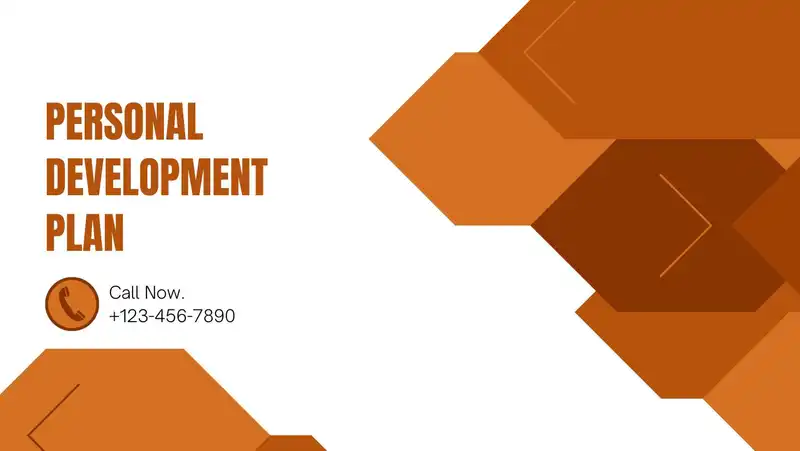Printable madeline hunter lesson plan template! Think the coolest teachers just walk into class and start talking? Nope! The best teachers have a plan, and one of their favorite tricks is called the Madeline Hunter lesson plan. This awesome model helps turn ordinary classes into learning adventures!
Key Elements of a Madeline Hunter Lesson Plan
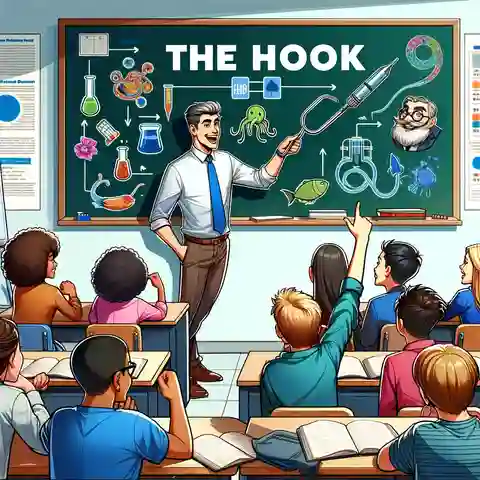
Imagine your lesson is like a quest. Here’s what you need for a successful adventure with the Madeline Hunter plan:
-
The Hook: Get your students’ attention right off the bat! Ask a weird question, show a short, funny video, or do a quick demo that makes them go “Whoa!”
-
Clear Goals: This is your quest map – tell your students what they’ll learn by the end of the lesson. Use language they’ll actually understand.
-
Teaching/Input: Time for you, the expert, to step in! This could be explaining stuff, showing a cool experiment, whatever gets the knowledge flowing.
-
Modeling: Don’t just tell them – demonstrate the skill! Act it out, draw it, break it down step by step.
-
Checking for Understanding: Quick check-in time! A mini-quiz, thumbs up/thumbs down, or having students explain the idea to a partner all work.
-
Guided Practice: It’s like training with a sidekick. Students try out the new skill, but you’re still there to guide them.
-
Independent Practice: Now, your students are ready to tackle the quest on their own. Let them show off what they’ve learned!
-
Wrap It Up: End the quest by recapping the big discoveries everyone made. Did they reach the lesson’s goal?
Why Teachers Love Printable Madeline Hunter Templates
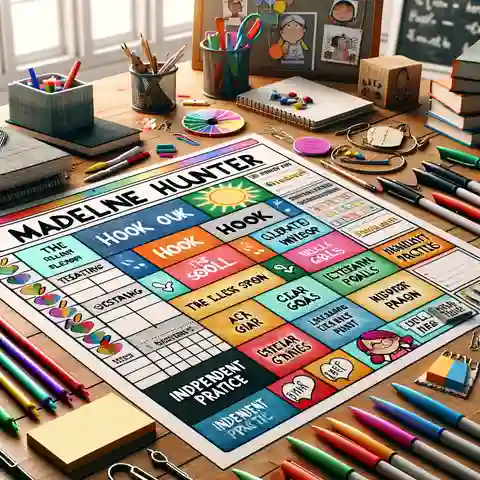
-
Time Saver: Templates have the whole lesson structure laid out. Just fill in the blanks, and you’re set!
-
Supercharged Lessons: Templates remind you of all those important steps, so you won’t accidentally forget anything.
-
Familiar Flow = Focused Students: Once your students get the hang of this lesson pattern, they can chill about how the lesson works and focus on the amazing stuff you’re teaching.
-
Make It Yours: Templates are like a starting point. Add your own activities, tech tools, and whatever makes your lessons rock.
Finding the Best Printable Templates
-
Web Search: Hit up sites like Teachers Pay Teachers for tons of options.
-
School Resources: Your school might have templates you can use.
-
Template Builders: Feeling creative? There are websites where you can design your own custom templates.
What’s the difference between guided practice and independent practice?
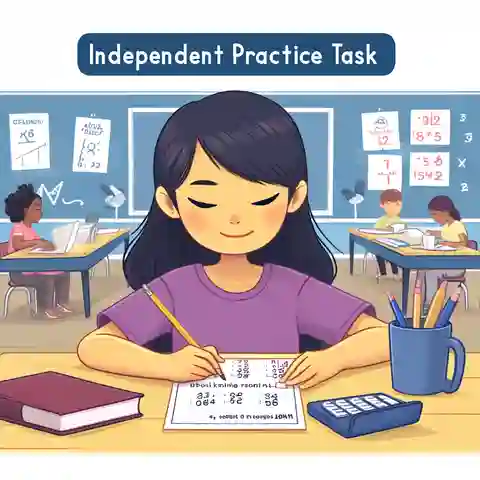
Guided Practice: Learning with a Helping Hand
-
Teamwork: You and your teacher work together. It’s like having a spotter at the gym – they make sure you do the exercise right.
-
Breaking It Down: The teacher takes the big skill and chops it into smaller, easier pieces. They might explain steps, give you examples, or answer questions along the way.
-
Slowly Letting Go: As you get better, the teacher helps less and less. It’s like those tiny training wheels – they come off when you’re ready!
Examples:
-
Whole Class Chat: The teacher explains, and everyone joins in the discussion.
-
Group Power: You work in small groups, and the teacher pops in to help each one.
-
Partner Practice: You take turns with a classmate, and the teacher watches to give tips.
Independent Practice: Show What You Know
-
Flying Solo: Time to prove you can do this on your own! The teacher steps back and lets you work.
-
Skill Check: This is where you see if you really get the lesson and can use what you’ve learned.
-
Taking Charge: It’s up to you to figure out problems and fix mistakes if you made them.
Examples:
-
Worksheet Warrior: You tackle problems or questions all by yourself.
-
Project Power: You complete a mini-project or task without the teacher telling you every single step.
-
Online Quizzes: Time for a knowledge check-up with online questions!
Guided practice is the practice round before going independent. The goal is to get so good you can do it alone, just like riding a bike without help!
Who developed the Madeline Hunter model?
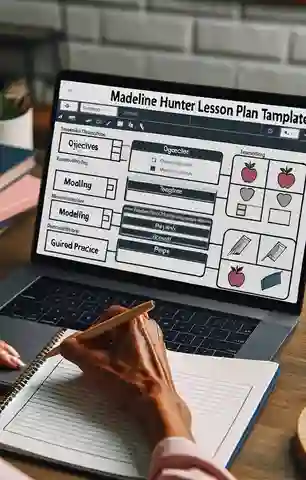
The brains behind this super-organized way of teaching was Dr. Madeline Hunter. Here’s what you need to know:
-
Teacher Turned Researcher: She wasn’t just any teacher! Dr. Hunter studied how students learn best and what makes teaching really work.
-
School Leader: She even became a school principal, so she knew what good lessons looked like in real life.
-
Her Mission: She wanted to help teachers everywhere create awesome lessons that help kids actually learn the stuff.
Common Problem in Madeline Hunter Lesson Plans
Even though it’s a great tool, the Madeline Hunter Lesson Plan isn’t perfect. Here’s where teachers can run into some trouble:
1. Too Strict = Less Fun
-
Robot Teacher: Some teachers follow the template so closely, there’s no room to be creative or change things if the lesson’s going sideways.
-
All About the Teacher: If it’s not adapted right, the focus stays too much on the teacher and not letting students explore ideas on their own.
2. Time Trouble
-
Rushing = Bad Learning: It’s tempting to speed through the steps just to fit them in, even if everyone’s still confused.
-
Not One Size Fits All: Sometimes a lesson needs more time, but the plan doesn’t always allow for that.
3. Test Mania
-
Too Many Check-Ins: Constantly stopping to ask “Got it?” can mess up the flow, especially if the questions feel like pointless quizzes.
-
It’s About the Results: Some people say it focuses too much on what you can do at the end and not enough on how your brain actually learned the stuff.
4. Not a Magic Wand
-
Teacher Still Matters! The plan’s just a tool. It won’t make a bad teacher suddenly amazing.
-
Limits: It works for some lessons, but not all. Super complicated stuff or big projects might need a different approach.
What are some ways to check for understanding during a lesson?
-
Pop Quiz (But Not Scary): Not the big stressful kind! It could be a few quick questions the teacher asks out loud, or a super short written quiz at your desk.
-
Exit Ticket Time: A mini-task at the end of class. Kind of like a final question to answer before you “leave” the lesson.
-
Thumbs Up, Thumbs Down: A fast and easy way to see if the whole class is feeling good about the lesson, or totally confused.
-
Teach Your Buddy: The teacher might have you explain the idea to a partner. This shows if you can explain it, which means you probably get it!
How important is the “hook” or anticipatory set?
Very important! It sets the tone, grabs attention, and primes students for learning the new material.
Think of the hook as your lesson’s opening act. It’s the thing that does these three things:
-
Wake Up, Brains! A good hook is like an alarm clock for your attention. No more zoning out at the start of class!
-
Get Curious: It makes you want to lean in and be like, “Okay, what’s this about? This might actually be interesting…”
-
Prep Your Brain: A really good hook connects to the lesson’s topic, kinda warming up your brain to get ready for the new stuff.
Printable Madeline Hunter lesson plan templates are valuable tools for any teacher. They provide a solid framework to make your lessons focused and effective. By tailoring your lessons with a grade 8 reading level in mind, you’ll empower your students to succeed.

